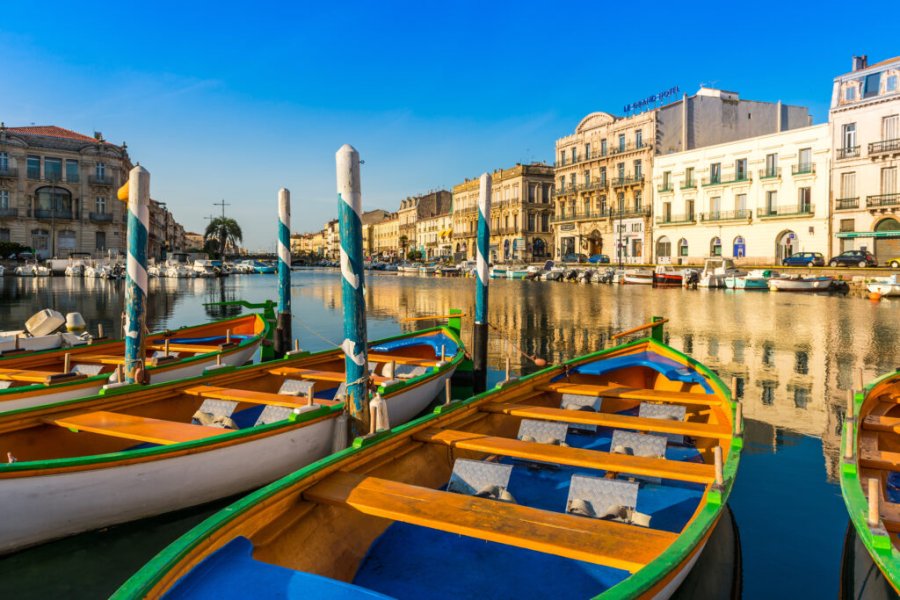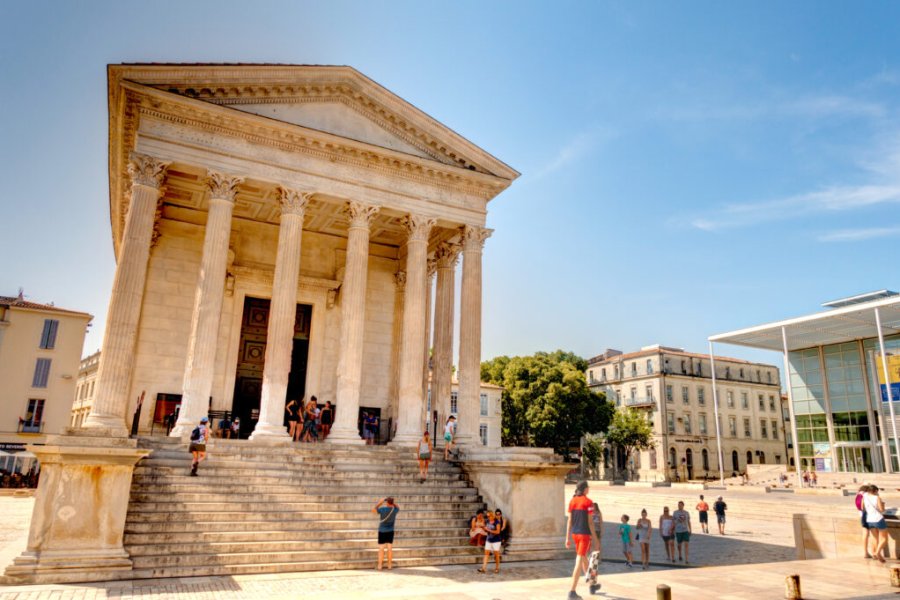Stay : Modernist weekend in Barcelona
Around 1900, an architectural phenomenon transformed the city of Barcelona: modernism, local interpretation of Art Nouveau. This architectural current is very visible in the Eixample, a district par excellence of the Catalan bourgeoisie. But this style is not confined to the noble buildings of the bourgeoisie: It has also left its signature in many pharmacies, bakeries, bars and cafés in the city. Suggestion of itinerary for esthètes in Barcelona.
Summary of the stay
Best time to go
3 days
€ - Good and cheap
Where to stay ?
The map of your stay - Espagne
Detail of the stay : Modernist weekend in Barcelona - 3 days
Day 1: La Rambla
Steps: Barcelone
Around La Rambla, several modernist establishments have remained intact despite the passage of time: the Els Quatre Gats restaurant (Carrer de Montsió, 3), frequented by Picasso in his youth; the Café de l'opéra (La Rambla, 74); the salons of the Hotel España (Carrer de Sant Pau, 9), decorated by Domènech i Montaner; and the Escribà cake shop (La Rambla, 83). What they have in common is the use of ceramics on the lower part of the walls and on displays, stained glass on doors and windows, marble for bars and carved wood for shop windows. In the neighbouring Raval district, many modernist bars have been preserved, including the Muy Buenas bar (Carrer Carme, 63) and the London Bar (Carrer Nou de la Rambla, 34). Attended by a cosmopolitan and trendy clientele, these bars are now offering themselves a second youth while preserving their original identity.
LA RAMBLA
Day 2: From La Ribera to Hospital Sant Pau
Steps: Barcelone
In the Ribera district, you will discover the jewel of Catalan modernism: the Palau de la Música, a work of the Catalan architect Domènech i Montaner, inaugurated in 1908. The vaults covered with azulejos, the mosaic cladding on the façade, the polychrome stained glass windows and its immense inverted bell-shaped claire-voie: all this contributes to a constant play on the perception of light. The Hospital de la Santa Creu i Sant Pau is another masterpiece of Catalan modernism, listed as a UNESCO World Heritage Site. It is located a little further back from the Eixample, and it is also the work of Domènech i Montaner.
Day 3: Eixample
Steps: Barcelone
Eixample is the most emblematic neighbourhood in the modernist period. On the Passeig de Gràcia you can admire the works of the three great architects of modernism - Lluís Domènech i Montaner, Josep Puig i Cadafalch and Antoni Gaudí - at the place called the "Apple of Discord". At the top of the Passeig de Gràcia, don't miss the magnificent Casa Fuster, one of the most chic of the city.
How to get there
Book your activity
Book the Best Activities with Get Your Guide
Ideas for holidays and week-end breaks Barcelona
-
Find a hotel
-
Car Rental
-
-5% on travel insurance-15% off travel insurance
-
Find a local agency






